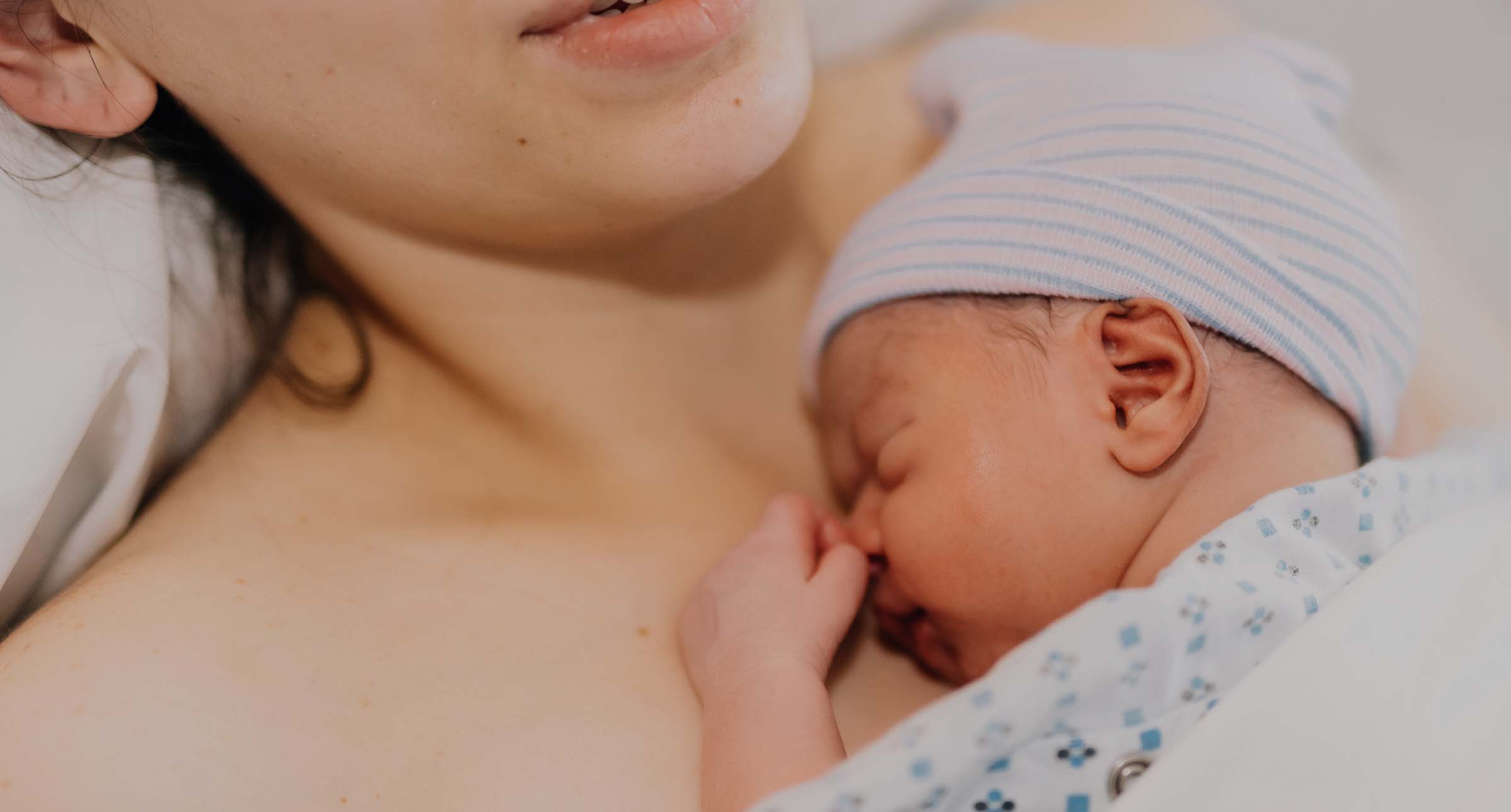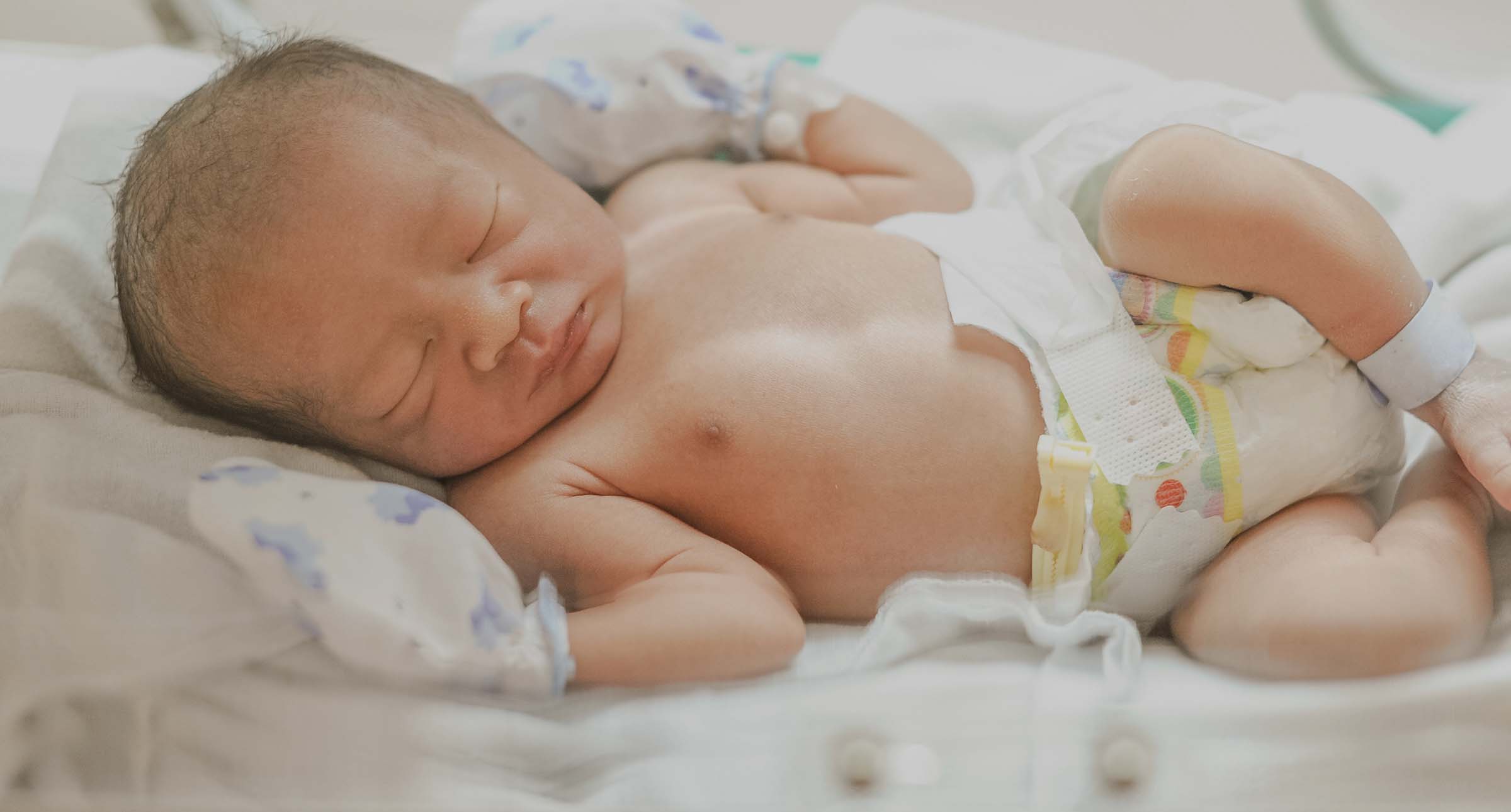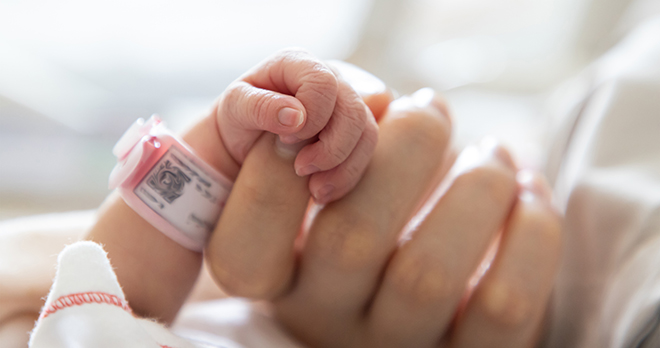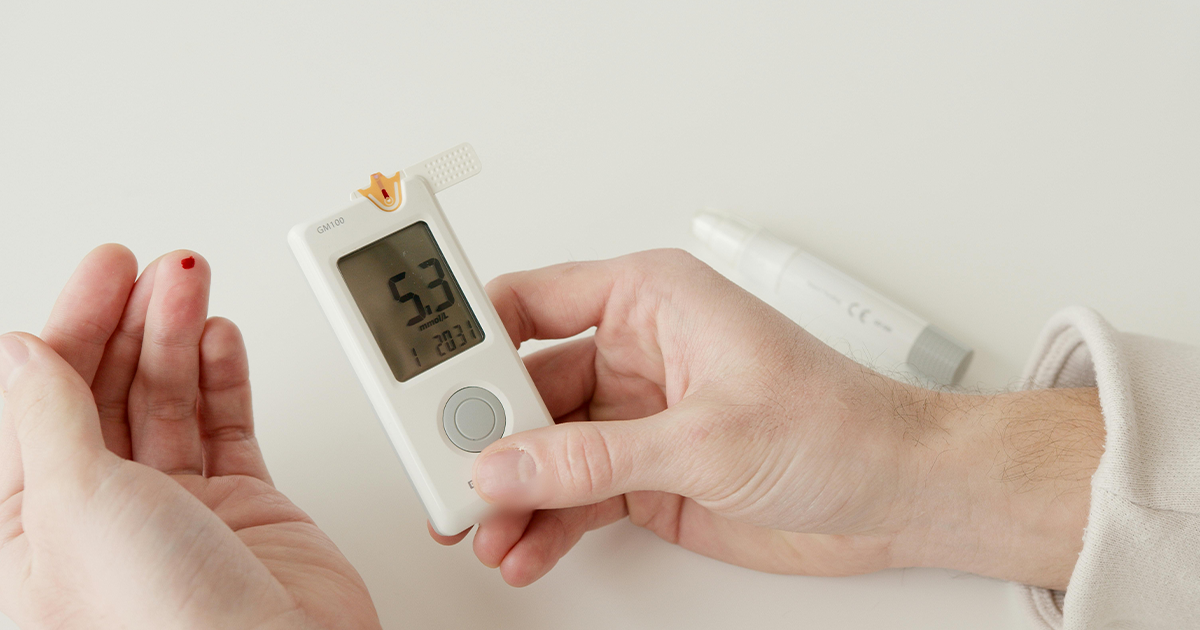LT v Lancashire Teaching Hospitals NHS Foundation Trust – £448,134 (plus recoverable benefits)
Rebecca Callard and Hannah Blackwell secured a lump sum payment of £360,000 (plus recoverable benefits) for a 27 year old (at the date of settlement) mum of two for the physical and emotional damage she sustained in December 2014 during, and following, the birth of her first child.
The Defendant Trust admitted to failing to diagnose and repair LT’s vaginal tear immediately following the birth of her baby, and thereafter carrying out repair surgery at an inappropriate time, ultimately causing the repair to fail.
LT became pregnant in March 2014 and was admitted to hospital at 02:00 hours on 24 December 2014 in the early stages of labour. The plan was for a vaginal birth.
At 12.15, LT’s cervix was fully dilated, the CTG was normal, and the presenting part was in DOA position and at station spines. Contractions were occurring 3:10 and were short in duration so an oxytocin infusion was started. The plan was that LT should continue pushing with a review in 30 minutes. By 13:00, LT was noted to be pushing well with contractions. At 13:25, LT had not yet delivered so a Registrar was asked to review her.
Forceps were required to aid delivery and an episiotomy is recorded as having been performed. LT reported extreme pain when the Neville Barnes forceps were inserted and described herself feeling as though she was ripping and being stabbed. She was told that this was just the baby’s head descending. LT’s baby was delivered in 2 pulls of the forceps at 13:49.
LT’s perineum was sutured in the delivery room by the Registrar with Vicryl Rapid 2.0 dissolvable stitches using local anaesthetic. A per rectum (PR) examination is noted as having been performed before and after this repair.
What complications arose?
On 25 December 2014, at 11:45 LT reported slight wound pain; but was recorded as otherwise being well post-delivery. She was discharged at 16:15 that day.
Whilst at home on Christmas Day, LT recalls passing gas through her vagina, which continued to happen over the coming days. On 27 December 2014, LT had her first bowel motion post-delivery, at which time she noticed faecal matter on wiping her vagina. On the advice of her midwife, she attended Preston Hospital that evening.
On examination a rectovaginal fistula was diagnosed and LT was prepared for repair surgery which took place on 28 December 2014.
On 30 December 2014, LT had a bowel movement at 18:25 and again passed faecal matter through her vagina, which was confirmed on examination on 31 December 2014. LT was, understandably, very upset and frightened.
LT remained unwell in hospital until 6 January 2015 when a laparoscopic sigmoid colostomy was performed.
LT was referred for counselling by her GP on 19 January 2015 having reported her anxiety and distress following the complications arising from her delivery. LT remained at this time extremely tender in her perineum. She developed quite severe spasmodic colicky abdominal pain in the upper abdomen in the epigastric region which radiated through into her back. The pain would typically last for a few hours during which time she was incapacitated. A low recto-vaginal fistula, just at the top end of the sphincter complex, remained.
LT was advised that she had 3 options; 1, to have the stoma reversed and live with the fistula and consequences of that, 2, to undergo a transvaginal repair of the recto-vaginal fistula which carried a risk of persistent recurrence, or 3, a trans-perineal repair.
Anorectal physiology carried out on 11 May 2016 showed the internal sphincter to be intact in the lower two thirds of the anal canal. However, in the upper third of the anal canal the internal sphincter was defective between 11 O’clock and 1 O’clock position, through which a fistulous track was seen at 12 O’clock extending from the anterior anal wall to the posterior vaginal wall. No significant secondary track was identified.
LT became pregnant again in July 2016 and so further surgery was put on hold. At the time of settlement of her claim, LT was keen to undergo a repair of the tear and fistula, before undergoing a reversal of the colostomy. She understood that the risks of the procedure meant, if it failed, she would likely end up being permanently incontinent and require a permanent stoma.
The Trust's admission of failure
The Hospital Trust admitted to failing to diagnose and repair the tear immediately following the birth, by failing to reach high enough into the vagina and rectum, using the whole finger, to detect the hole, which was located less than a finger’s depth inside exactly where a spontaneous extension of an episiotomy would be expected to occur (just above the apex of the episiotomy).
They also admitted thereafter, to carrying out repair surgery when it should never have been attempted at this time given that 4 days had passed since the original injury occurred, making it difficult to identify, free and separate the tissues (due to inflammation at this stage) to stitch them adequately for a successful repair.
LT suffered many embarrassing episodes of incontinence and leaking of her stoma bag. She required barrier creams to protect her skin from burning when her bag leaked. She suffered daily pain immediately following the colostomy for around 6 months and became withdrawn from social situations.
The family suffered financial burdens and increasing debt as a result of LT being unable to return to work and the additional help she required following the birth of her baby. Standing for more than 10 minutes caused her to suffer pain and so she was prevented from returning to work as planned.
LT was caused to suffer PTSD & Major Depression as a result of the negligence of the Hospital Trust, including feeling lonely, isolated, embarrassed about her condition/stoma bag, feeling anxiety and panic, low mood, loss of libido, reduced body image, lack of self-confidence and continued flashbacks which could occur at any time.
LT was recommended by an Expert to undergo Trauma Focused Conscious Behavioural Therapy, including Eye Movement Desensitisation and Re-processing (EMDR), Exposure Therapy and Trauma Focused Cognitive Therapy. He also recommended psychotropic medication.
LT was at a high risk of her PTSD symptoms worsening and suffering recurrent depressive episodes should her recommended surgeries fail.
How RWK Goodman helped
The £360,000 (RPI Adjusted £448,134 as at September 2024) Settlement helped LT to access private psychotherapy treatment to address the PTSD, Anxiety and Depression she was caused to suffer as a result of her treatment, therapy that she would have undoubtedly had to wait several months to access on the NHS.
Her damages also helped LT to consider undergoing her recommended surgeries on a private basis, something she would not have been able to contemplate without it.
Having supported LT through her claim she was eventually able to return to work and pay off her debts, incurred as a result of the negligence.
Call the team








